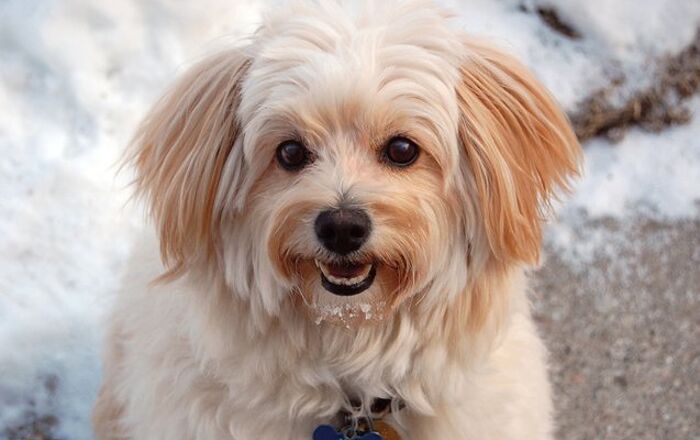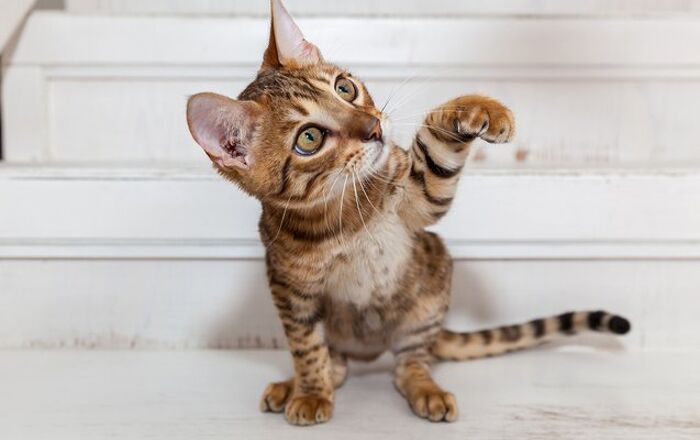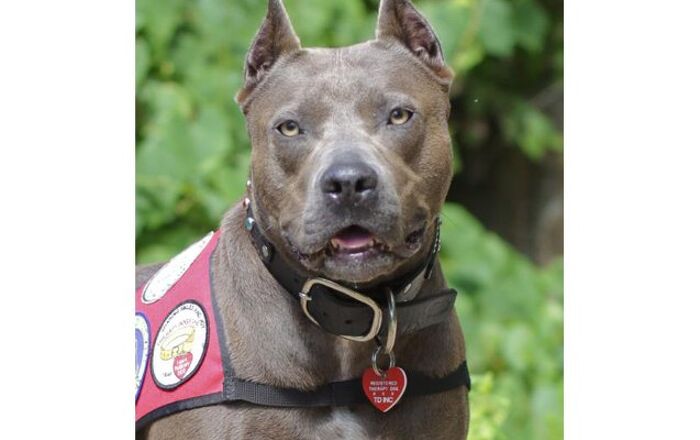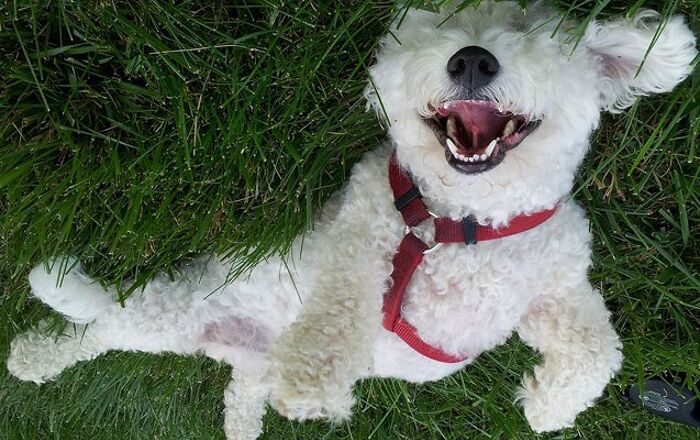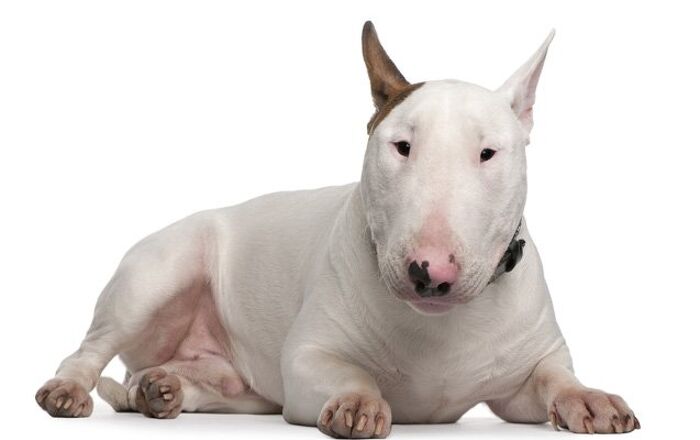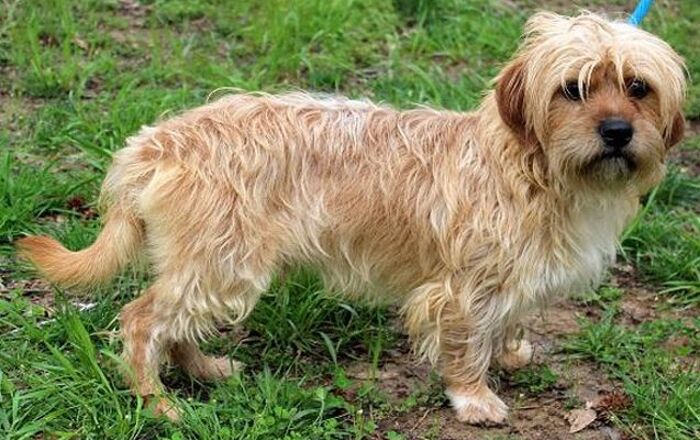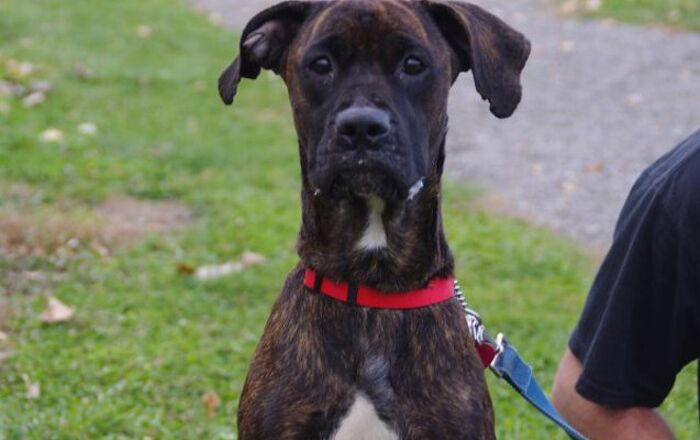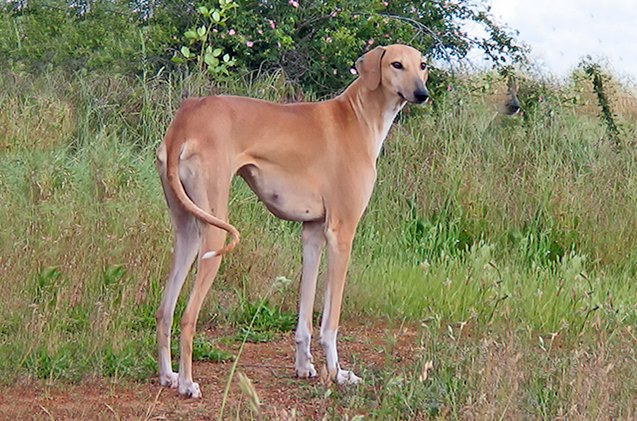
Azawakh Basics
A regal-looking dog with a lean physique, the Azawakh is a swift sighthound that will draw admiring looks every time you take it for a walk. With its extreme looks, this dog’s body is unique in that it is taller than it is long. Named for the Azawakh Valley in the Sahara desert where this breed originated, the breed made its appearance in North America in the 1980s, making it a relatively newer furry face on the dog scene. Boasting a combination of loyalty and independence, this breed not only does well in a family household, but also as therapy dogs in nursing homes and rehabilitation centers.
If you’re bringing an Azawakh into a multi-dog home, you should be aware that this breed likes to be the dominant dog. The Azawakh will love its family and be fiercely protective of members of its pack. Read on to find out if this dog is the right fit for your lifestyle.
Boasting a combination of loyalty and independence, this breed not only does well in a family household, but also as therapy dogs in nursing homes and rehabilitation centers.
Origin
A rare West African sighthound from Burkina Faso, Mali and Niger, Azawah means “land of the north.” The breed also goes by the following names: the Tuareg Sloughi, Rawondu, Hanshee, Aidi n’Ailluli (“Noble Dog of the Free People”) and Idi. These dogs would protect livestock from thieves and predators, as well as guard camps. The Azawah was prized by the Tuareg and other tribes, and regarded as members of the family.
Worldwide, the total number of Azawakh in existence today is probably in the low thousands, and in North America, probably about 300.
Pedigree
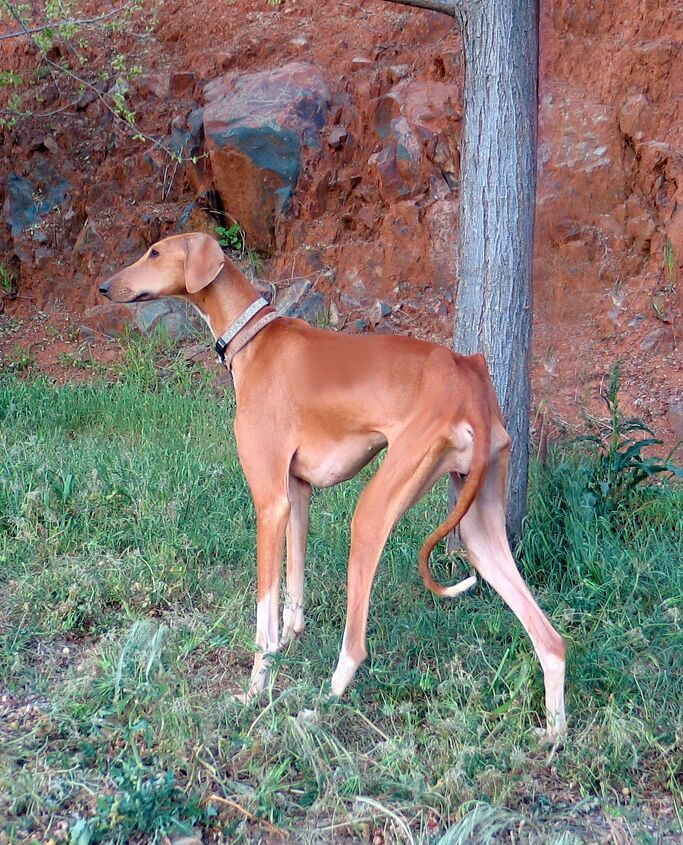
Photo Credit: Azawakh Preservation International
The Azawakh can trace its roots back thousands of years to the early Nigerian civilization in West Africa. This breed followed the nomadic Tuareg tribesmen, a group that migrated from the Sahel in the Southern region of the Sahara. The Azawakh share ancestors with the Saluki and Sloughi, in addition to wild jackals and wolves – the result of interbreeding thousands of years ago. But thanks to the rarity of this breed, the basic genetics of the Azawakh have remained relatively unchanged.
Food / Diet
The Azawakh is a naturally slim and athletic dog, and you want to keep this physique in top-notch condition. In its native habitat, the Azawakh lived on a low-protein diet, which consisted of the same food as its owners, mainly millet and goat milk. This breed’s digestive system adapted to these conditions and diet. When compare to the average dog breed, the protein content fed to an Azawakh will be generally lower, so make sure not to overfeed your dog with high protein kibble or lots of meat. You can add some fruits and vegetables to your Azawakh’s diet, such as bananas and carrots. As well, you dog will enjoy some cooked millet, pasta or wild rice thrown into the mix on occasion.
The Azawakh will love its family and be fiercely protective of members of its pack.
Training
Although the Azawakhs are independent, dominant and strong-willed, this breed can get a bit timid and touchy at times. You need to be the pack leader at all times, otherwise the Azawakhs will take over. As the dominant pack leader, you must lay down the rules and ensure that they are followed in a consistent and kind manner.
This breed is smart and sensitive, so you’ll get better results by using reward-based positive reinforcement. You won’t get anywhere with yelling, harsh treatment or physical punishment – in fact, it will damage the sense of trust and may cause your Azawakh to become fearful or aggressive. With the right owner, the Azawakh will become an amazing family companion and a champion in the ring.
Weight
An Azawakh will stand about 23 to 29 inches and weight anywhere between 33 to 55 pounds.
Temperament / Behavior
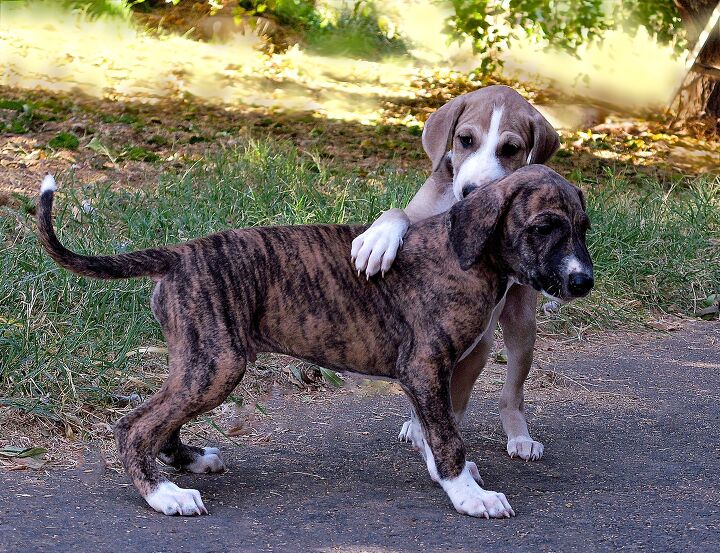
Photo Credit: Azawakh Preservation International
The Azawakh can be described with a number of different terms: loyal, protective, calm, and self-confident, but also indifferent, cautious and guarded with strangers. You could even compare them to being more like a cat than a dog in many ways, as this breed is reserved, observant and independent. Your Azawakh likes to do things its own way. Make sure your dog isn’t aggressive, shy or timid by exposing it to different situations and people. If you raise a nervous Azawakh, you’ll have a frightened and panicky dog on your hands that may shake or bite when faced with unfamiliar situations or people.
When it becomes a part of the family, an Azawakh is faithful, gentle and affectionate, bonding closely with one particular member. It is extremely difficult to rehome an Azawakh, because this breed doesn’t like to change owners.
The Azawakh’s guarding instinct is alive and well. This breed likes to be a part of a pack where there is an alpha leader. If you raise your Azawakh with other dogs from puppyhood, it will get along with the rest of your pack. If you have cats, you may want to consider another dog.
This is a dog from Africa, so there’s no surprise that Azawakhs don’t like cold, wet weather. If you live in a colder climate, your dog will need a coat or sweater.
An active breed, Azawakhs need to burn off its energy, otherwise it will become overweight, lethargic, hyperactive and destructive. This breed may not be the right dog for homes with smaller children. And although Azawakhs are suspicious of strangers, this breed has had much success as a therapy dog in rehabilitation centers and nursing homes.
Common Health Problems
Although this is a relatively healthy breed, there are some concerns that may affect the Azawakh. Like most sighthounds, the Azawakh is sensitive to anesthesia. Because of its deep chest, this dog is prone to bloat, a condition in which the stomach expands with air. The stomach may twists on itself, cutting off blood flow and causing gastic torsion (a potentially fatal condition). Other health concerns include autoimmune mediated thyroiditis, eosinophilic myositis, heart problems, hypothyroidism, seizures and skin allergies.
Life Expectancy
The Azawakh has an average lifespan of 12 to 15 years.
Exercise Requirements
There’s no time to sit down with an Azawakh. This is an active breed that needs at least 30 to 60 minutes of running or playing every day. If you like to run, hike, bike or skate, this dog will keep up with you. You need to let this dog run, especially when playing – and this dog loves to play fetch. You should have a large, well-fenced area to run around in. Plus, your pooch will need frequent visits to the dog park to mingle and play with other dogs to burn off some of that access energy. You can’t just leave them along in the backyard and expect them to run around. If this dog doesn’t have any encouragement, it will get lazy.
Although the Azawakhs are independent, dominant and strong-willed, this breed can get a bit timid and touchy at times.
AKC
The American Kennel Association says this about the breed: “Befitting its heritage, the Azawakh excels as a companion, guardian and a lure courser in the United States.” The AKC has added the Azawakh to its Miscellaneous Class and given it a Hound group designation.
Coat
Soft, short and fine, the Azawakh’s coat comes in an array of colors, including different shades of brown, gray, white, black, brindle, cream, sand, grizzle, parti-color, red and blue fawn. You’ll often see white markings on its legs, chest and on the tip of the tail. The Azawakh’s stomach is usually hairless or features bits of fur.
Thanks to its short coat, the Azawakh is a breeze to groom. All your dog needs is a good brushing or wipe-down with a damp cloth about once a week. You can also try your hand with a “hound glove,” a grooming tool that works well on smooth-coated breeds. You’ll be happy to hear that the Azawakh isn’t a heavy-shedder. Bath time isn’t a frequent task, because this breed doesn’t have a doggy odor. When you do give your Azawakh a bath, use a mild, unscented shampoo, as this breed has thin, sensitive skin.
Puppies
Azawakh puppies must go to its new homes at an early age, as it’s not easy to rehome an older Azawakh (due to adjustment issues). Because this is a rare breed, expect to pay a high price for a puppy. Be sure you can commit to your puppy for life before bringing it home. If you have cats or other small dogs at home, it’s important to bring an Azawakh puppy into the mix as soon as possible so it can be acclimatized to its new pack. Extensive socialization to new people, places and situations should continue throughout the Azawakh’s life.

